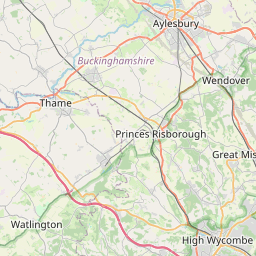Micromechanical Testing of Irradiated Nuclear Fusion Materials
Find Similar History 13 Claim Ownership Request Data Change Add FavouriteTitle
CoPED ID
Status
Value
Start Date
End Date
Description
Understanding how irradiation damage from neutrons affects the mechanical properties of structural materials is a key step towards realising nuclear fusion as a sustainable power source. However, working on irradiated materials is costly, and generating mechanical data from them is difficult. Neutron damage can be simulated with ion irradiations but the damage layers are thin - 200 nm to 100 microns. As such traditional mechanical testing methods cannot be used and novel micro-mechanical tests must be conducted. This leads to difficulties in interpreting the results due to size effects inherent in testing small material volumes.
This project will utilise the newly opened Materials Research Facility (MRF) at the Culham Centre for Fusion Energy to study the effects of ion irradiation on fusion materials and correlate this with the defect populations produced. This will then be used to develop methods to use small scale mechanical tests to aid engineering design of future fusion systems. Materials of interest include iron, chromium, vanadium and tungsten based alloys and this programme will initially focus on iron - chromium alloys.
Ion irradiations will be carried out using protons and heavy ions at a range of international irradiation facilities, at fusion reactor relevant doses and temperatures. Advanced electron microscopy at the Department of Materials, University of Oxford will be used to characterise the damage and defect types produced. Micromechanical tests will be performed at the MRF to understand how these defects affect mechanical behaviour, such as ductility, work hardening, and flow localisation. Tests conducted will involve micro-scale tensile or compression testing including testing in situ in the scanning electron microscope at the MRF. Digital image correlation will be used to quantify the pattern of plastic slip that develops during deformation with particular focus on how irradiation decreases the deformation homogeneity and increases the local strain intensities in slip bands. High resolution EBSD will be used to map the dislocation density and stress distributions at intermittent intervals throughout such tests. Finite element modelling will be used to help interpret the results and capture our understanding of the deformation patterning.
The project is in collaboration with the Culham Centre for Fusion Energy and the DPhil student will be part of the EPSRC CDT on the Science & Technology of Fusion.
The research programme aligns with the EPSRC portfolio themes of both 'Energy' and the sub-themes 'Fusion' and 'Nuclear Power'. The 'Engineering' theme is also relevant through the 'Materials Engineering - Metals and Alloys' research area.
| University of Oxford | LEAD_ORG |
| CCFE/UKAEA | STUDENT_PP_ORG |
| David Armstrong | SUPER_PER |
| Angus Wilkinson | SUPER_PER |
Subjects by relevance
- Nuclear fusion
- Materials testing
- Testing
- Nuclear reactions
- Fusion energy
- Alloys
Extracted key phrases
- Irradiated Nuclear Fusion Materials
- Micromechanical Testing
- Small scale mechanical test
- Irradiation damage
- Ion irradiation
- Traditional mechanical testing method
- Fusion material
- International irradiation facility
- Materials Research Facility
- Fusion Energy
- Neutron damage
- Mechanical property
- Materials Engineering
- Mechanical datum
- Mechanical behaviour
Related Pages
UK Project Locations




